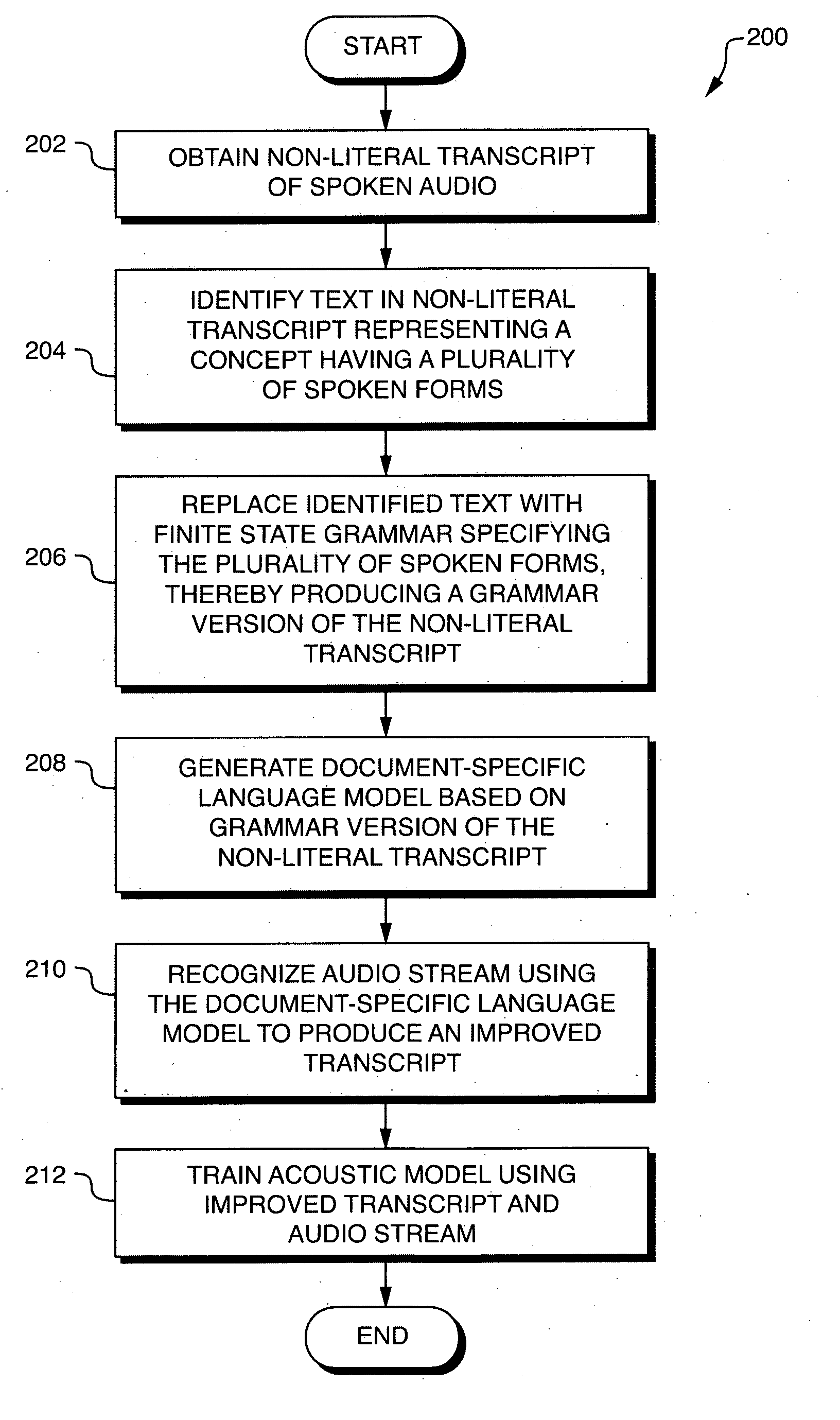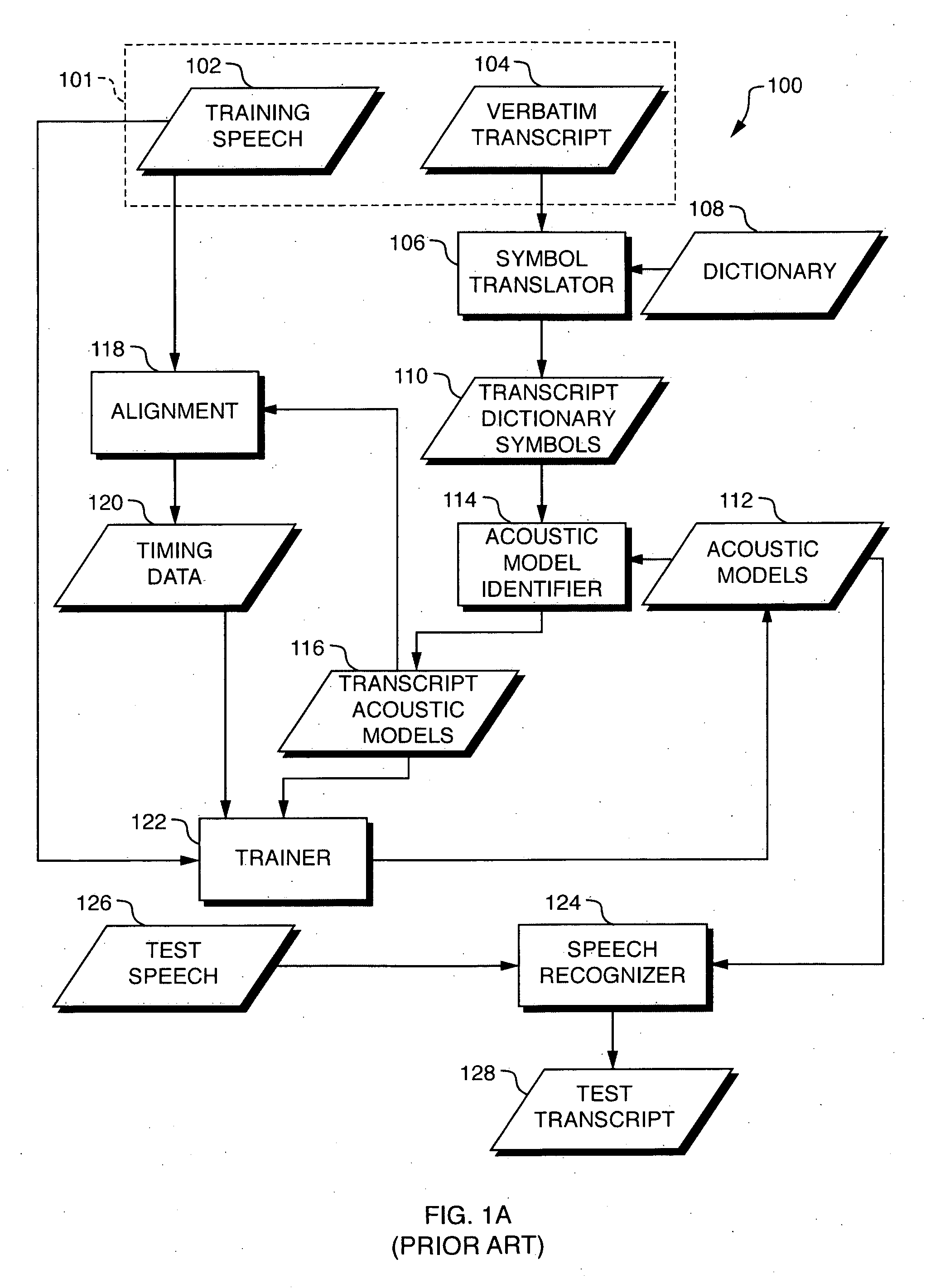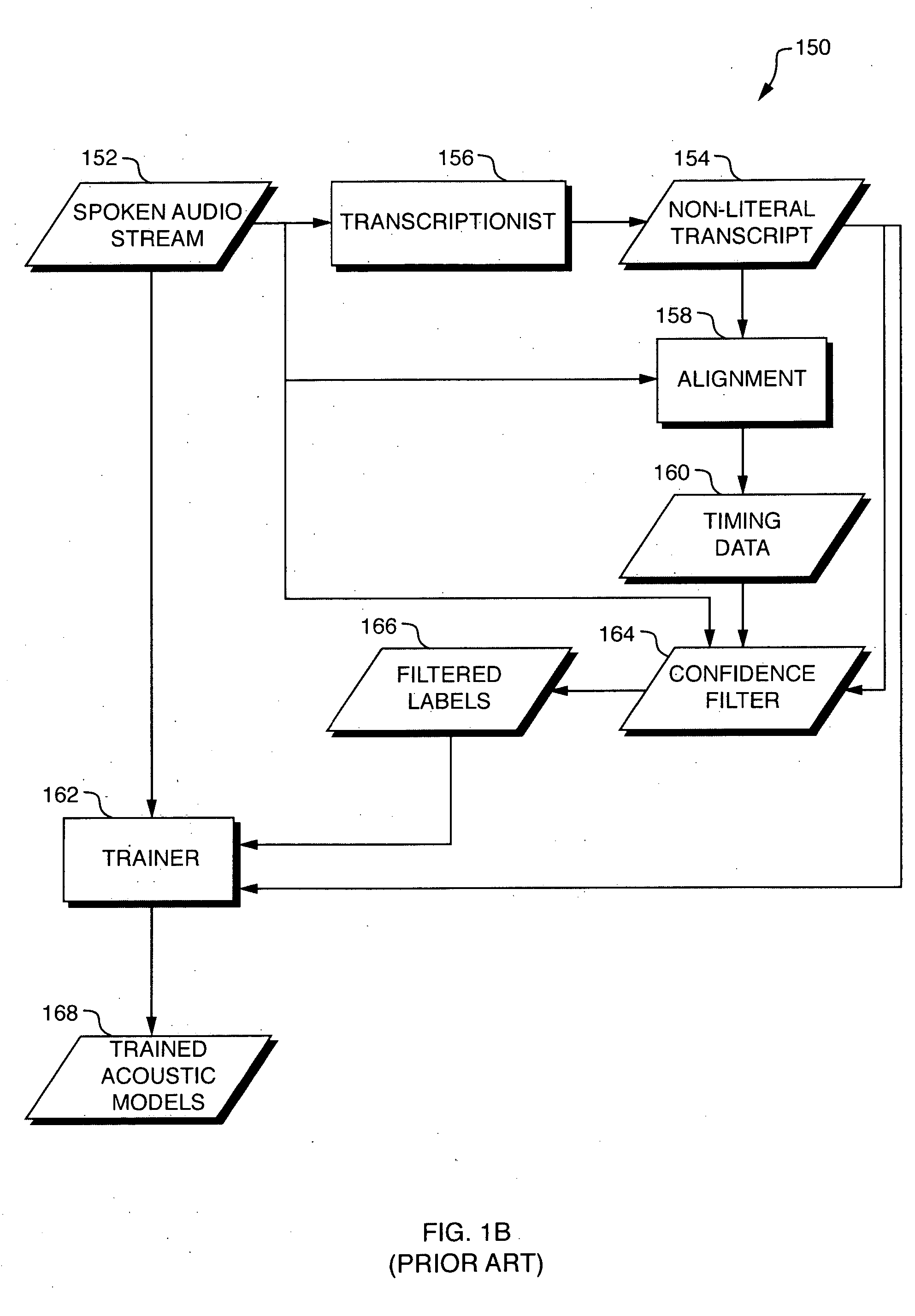Transcripts in these and other fields typically need to be highly accurate (as measured in terms of the degree of correspondence between the original speech and the resulting transcript) because of the reliance placed on the resulting transcripts and the harm that could result from an inaccuracy (such as providing an incorrect
prescription drug to a patient).
High degrees of reliability may, however, be difficult to obtain consistently for a variety of reasons, such as variations in: (1) features of the speakers whose speech is transcribed (e.g., accent, volume, dialect, speed); (2) external conditions (e.g.,
background noise); (3) the transcriptionist or transcription system (e.g., imperfect hearing or audio capture capabilities, imperfect understanding of language); or (4) the recording /
transmission medium (e.g., paper, analog audio tape, analog
telephone network).
For example, human transcriptionists produce transcripts relatively slowly and are subject to decreasing accuracy over time as a result of fatigue.
Although such a mapping could be specified manually by the designer of the transcription system, manual creation of such a mapping would be prohibitively time-consuming and would not likely produce an accurate acoustic model.
Because the parameters of the acoustic models 112 were derived from the correspondence between the training text 104 and the training speech 102,
speech recognition performed in this way will likely produce poor results if the training text 104 does not accurately represent the training speech 102.
Although some training systems are able to identify poorly trained phonemes and to discard the resulting training data (i.e., acoustic
model parameters) in response, such an approach reduces the amount of training data, which in turn reduces the accuracy of the resulting acoustic models 112.
It can be difficult to use such training techniques, therefore, in domains in which it is difficult to obtain a large quantity of training speech and corresponding verbatim transcripts.
In the case of the “prompted speech collection” approach, it may be prohibitively expensive or otherwise impossible to enlist doctors, lawyers, and other professionals who are able to spend the time necessary to recite large amounts of training text 104, and thereby to create the audio recordings 102 necessary to produce the training
database 101.
Similarly, in the case of the “conversational” approach, the abundance of obscure domain-specific terms in the training speech 102 and the lack of trained medical / legal transcriptionists with knowledge of such terms may make it difficult to produce the large volume of accurate verbatim transcripts 104 that is needed for high-quality training to be performed.
In either case, it may be difficult and / or prohibitively expensive to generate the training
database 101, given the need for verbatim transcripts 104 of training speech 102 to perform conventional acoustic model training.
Such reports, however, typically are not suitable for use in the kind of conventional acoustic model training illustrated in FIG. 1A, because such reports typically are not verbatim transcripts of the recorded speech for a variety of reasons.
One reason for a mismatch between the recorded speech and corresponding document is a failure by the transcriptionist to recognize and transcribe the speech accurately.
In addition to such errors, however, transcriptionists may intentionally introduce a variety of changes into the written transcription.
. . ” It should be apparent that a verbatim transcript of this speech would be difficult to understand and would not be particularly useful.
Although a report such as the report 1200 may be more desirable than a verbatim transcript for a variety of reasons (e.g., because it organizes information in a way that facilitates understanding), the report is not useful as training text in the traditional acoustic model training process described above with respect to FIG. 1A, precisely because the report 1200 is not the kind of verbatim transcript required for traditional acoustic model training.
If conventional acoustic model training were applied to such speech and corresponding documents, the resulting acoustic models would be sub-optimal, perhaps to such an extent that they would not be suitable for use in
speech recognition.
Although new, verbatim, transcripts could be generated based on existing recorded spoken audio streams, generating large volumes of such transcripts would be tedious, time-consuming, and costly.
Furthermore, it would inefficiently require two transcripts to be generated for each recorded audio stream (one verbatim transcript to be used for acoustic model training, and one non-verbatim transcript to be used for traditional purposes).
One problem with the approach illustrated in FIG. 1B is that a large amount of training data from the initial acoustic models 164 may be discarded because so much of the non-literal transcript 154 fails to match the corresponding portions of the spoken audio 152.
In particular, such an approach may tend to systematically discard training data that do not take the same form as the text in the non-literal transcript 154.
The approach illustrated in FIG. 1B, therefore, has limited usefulness.
 Login to View More
Login to View More  Login to View More
Login to View More 


